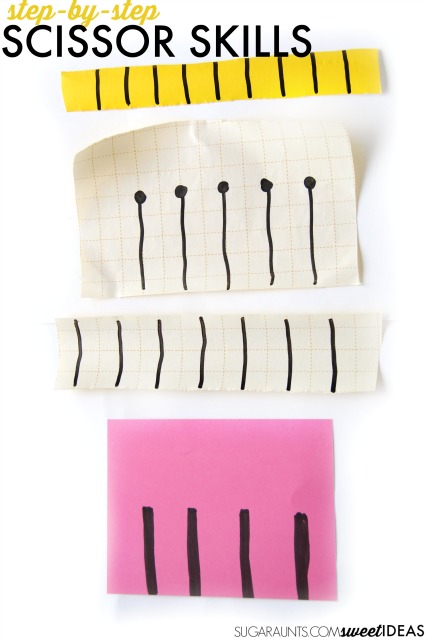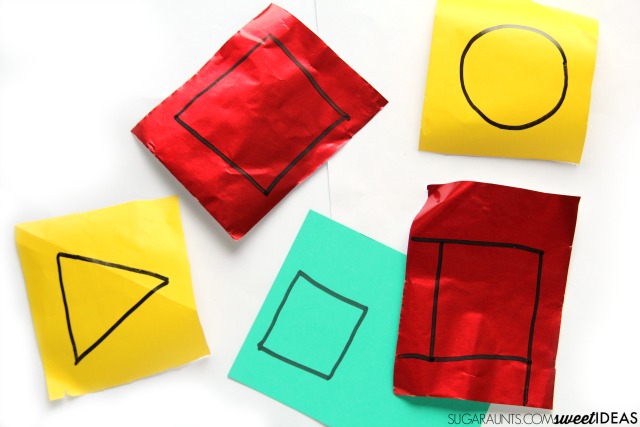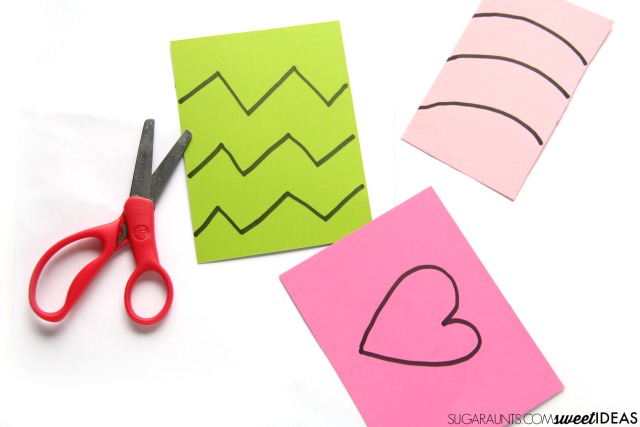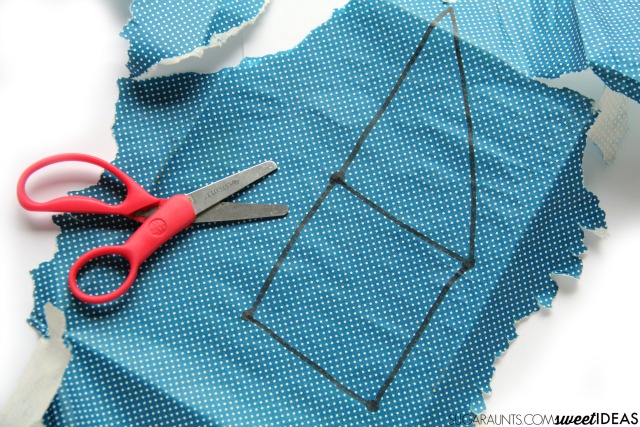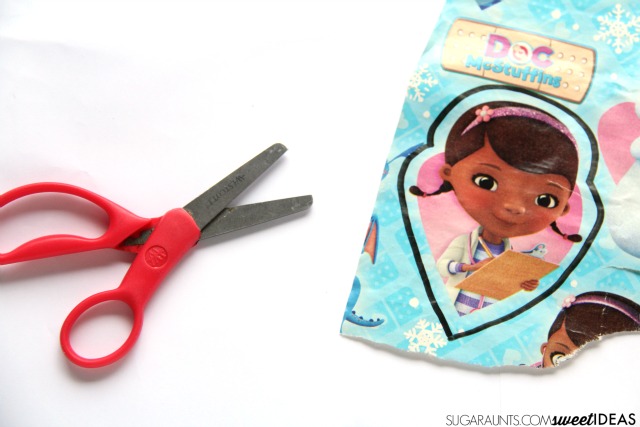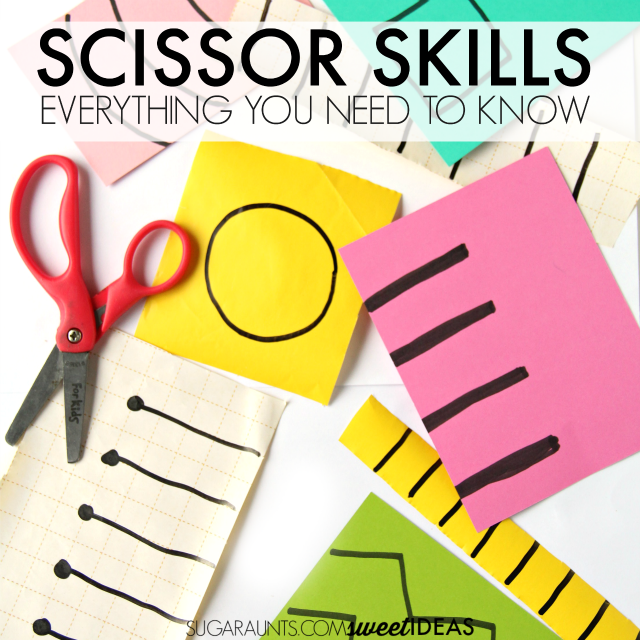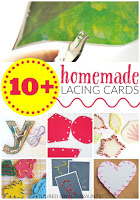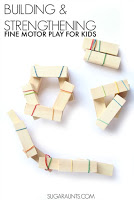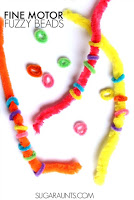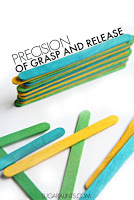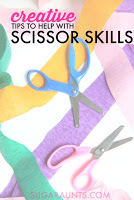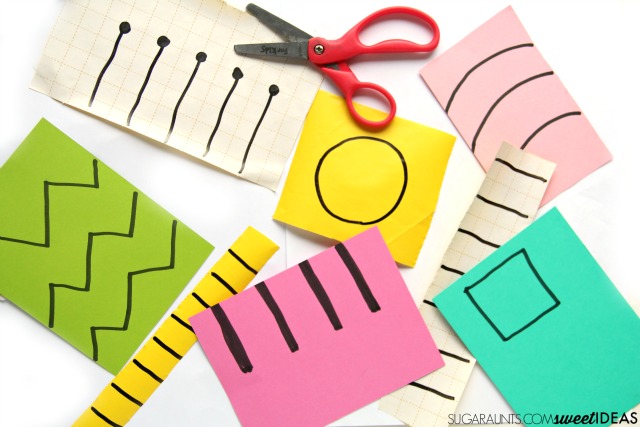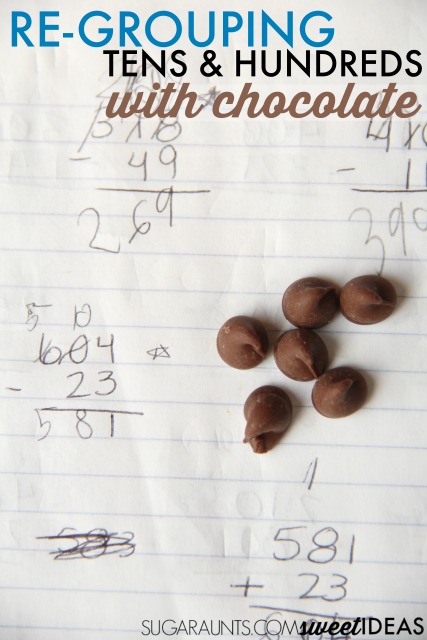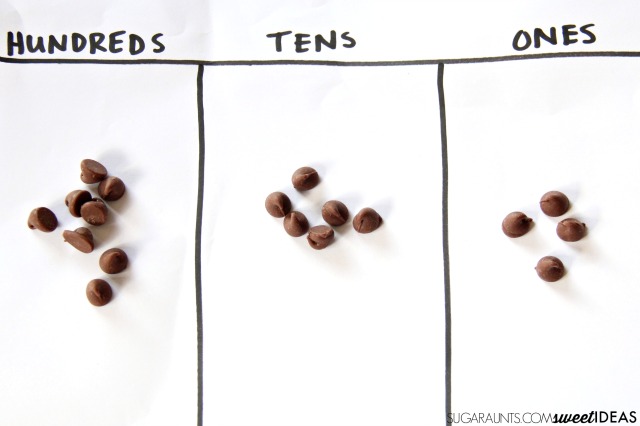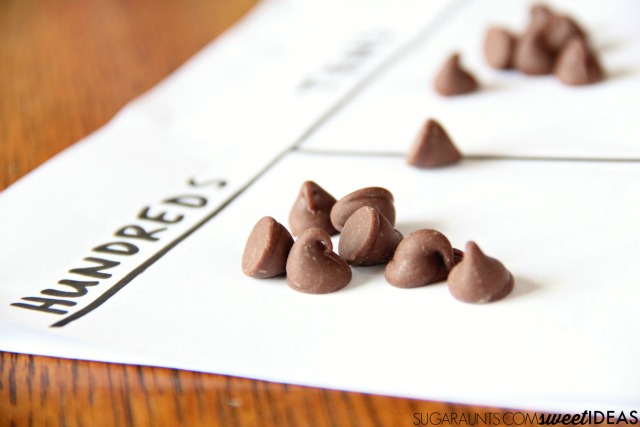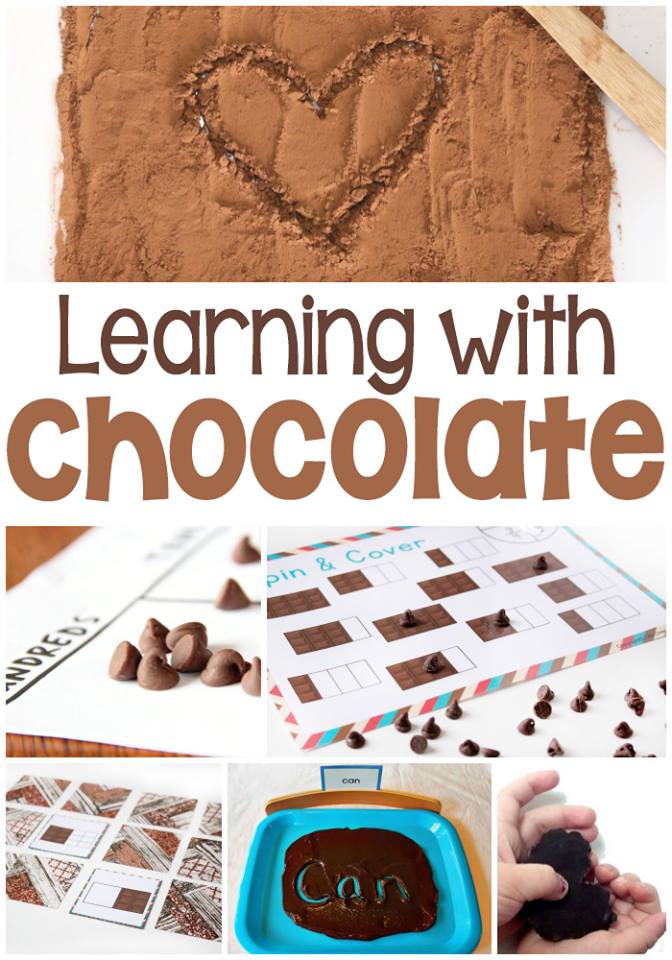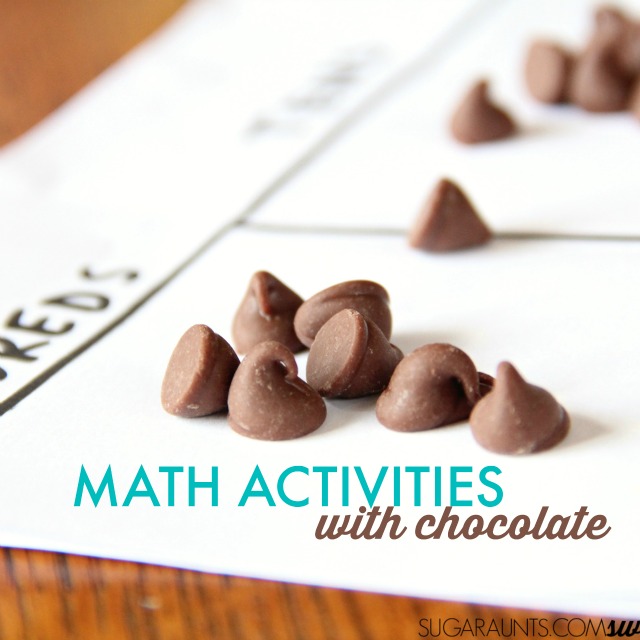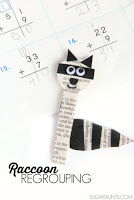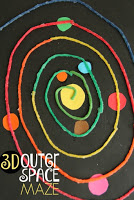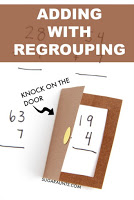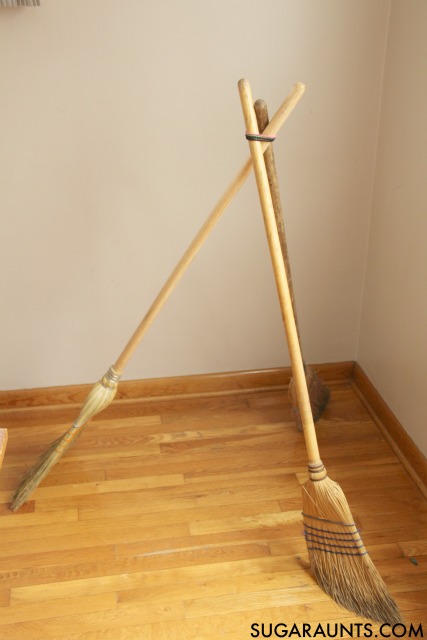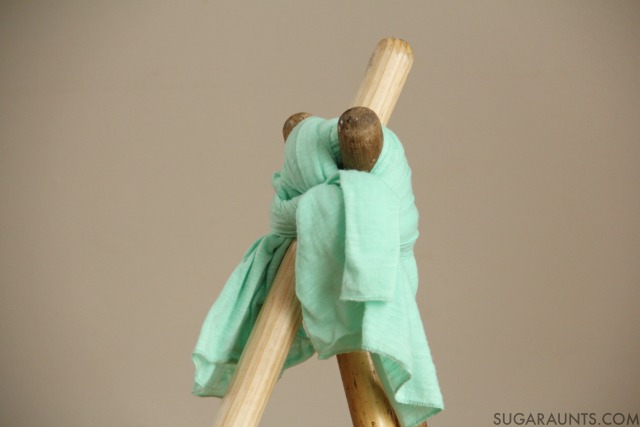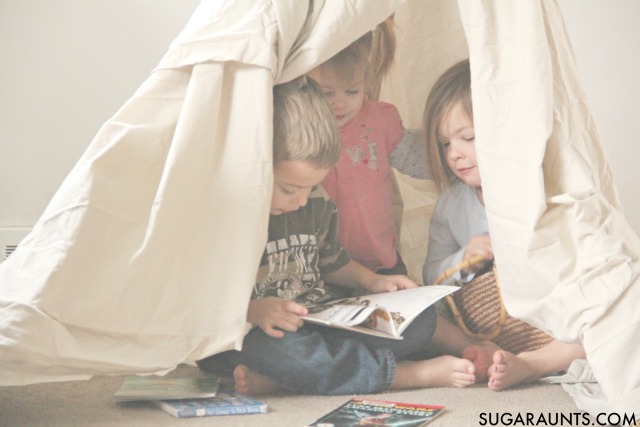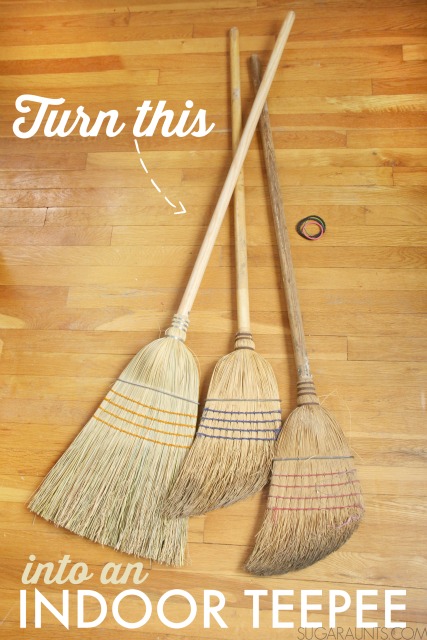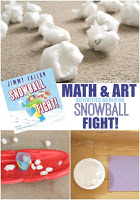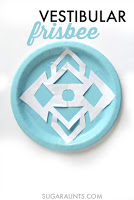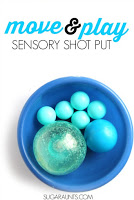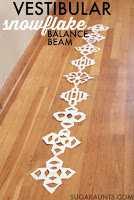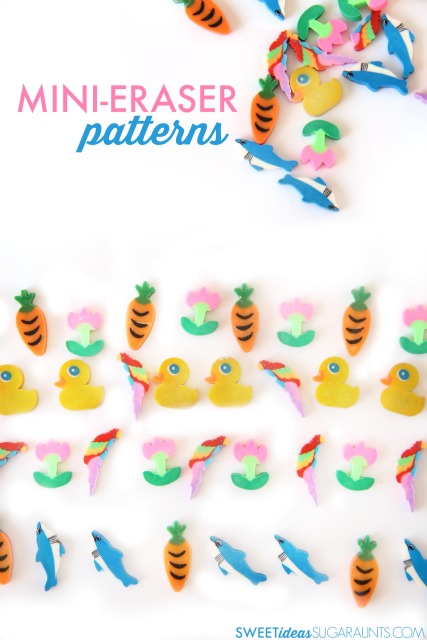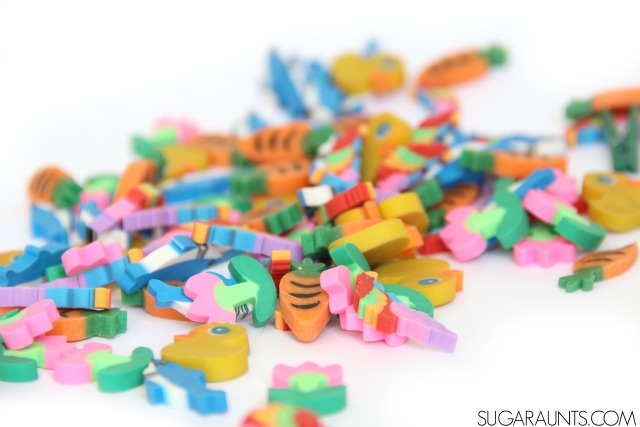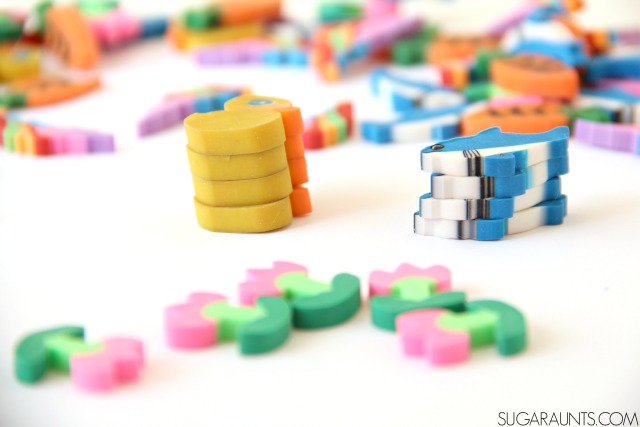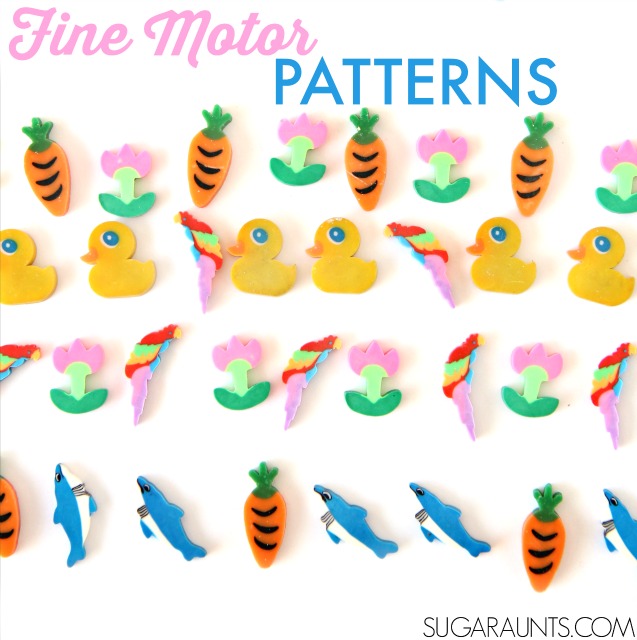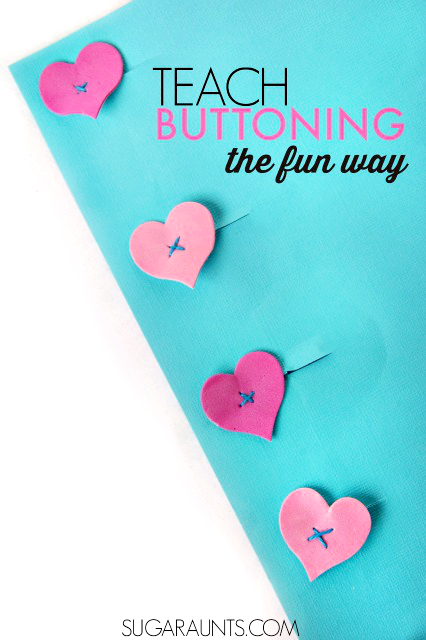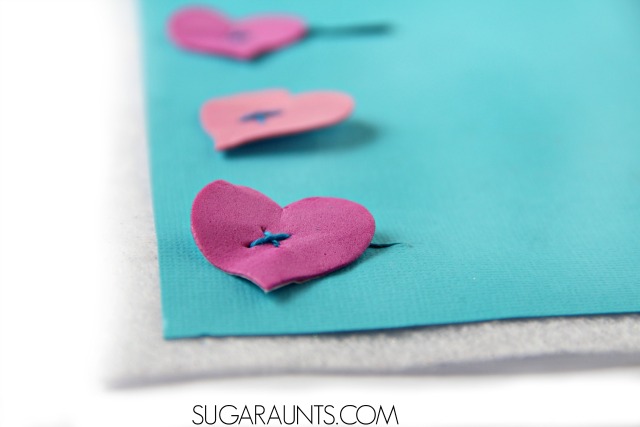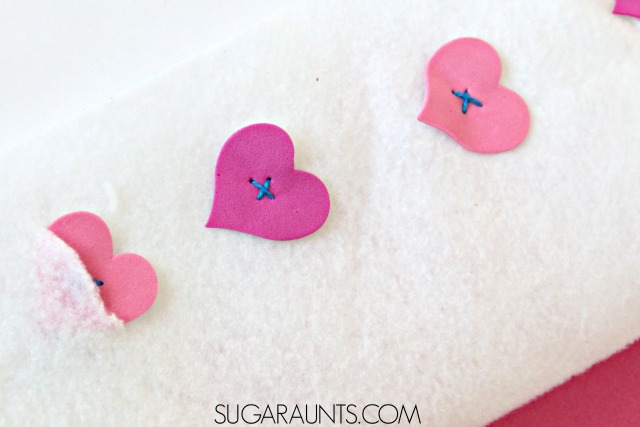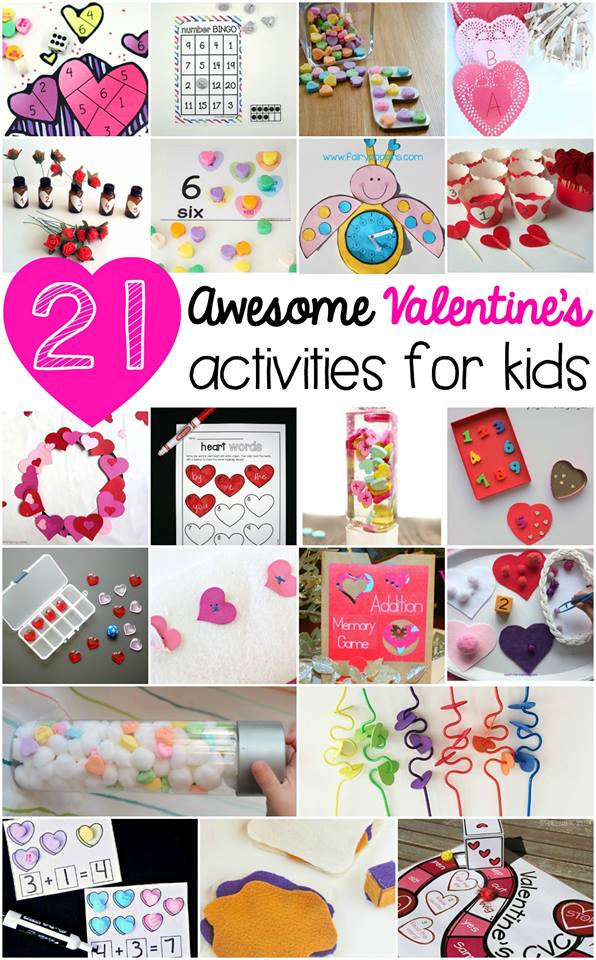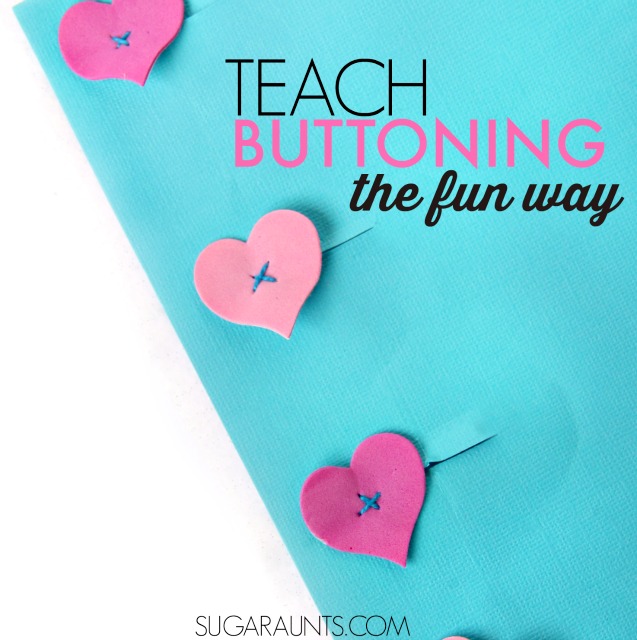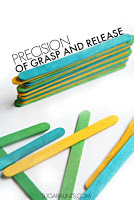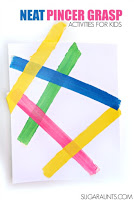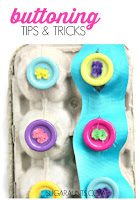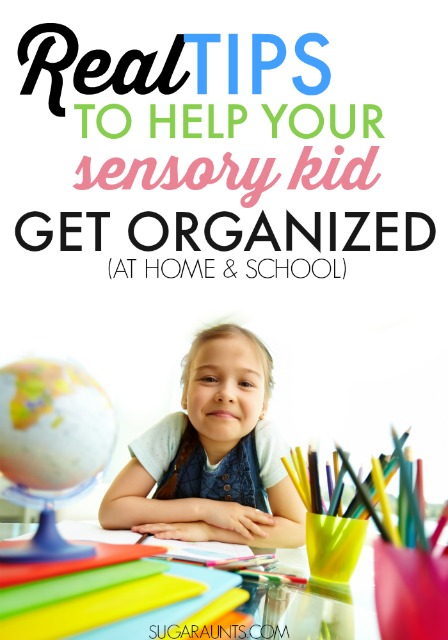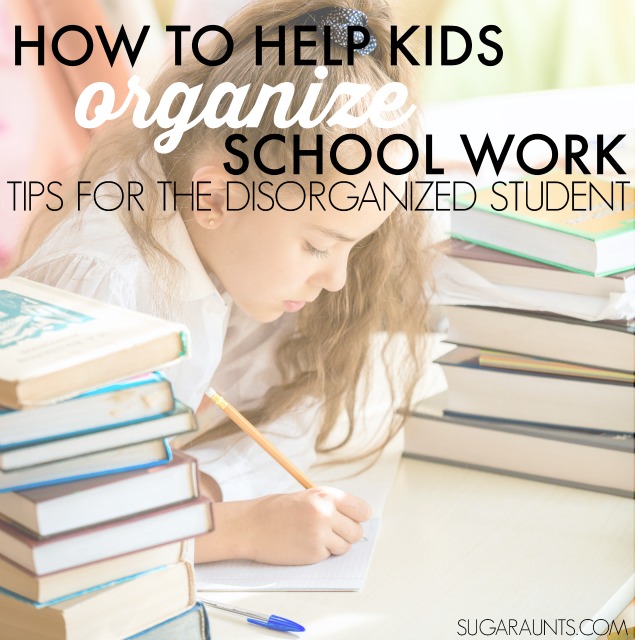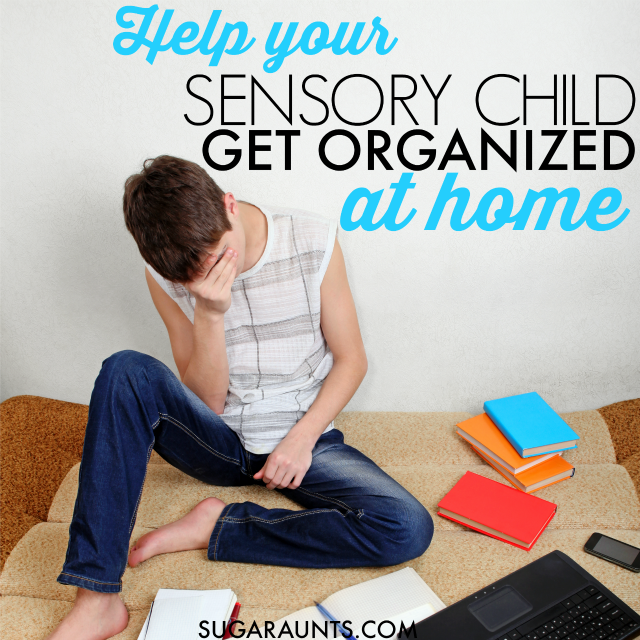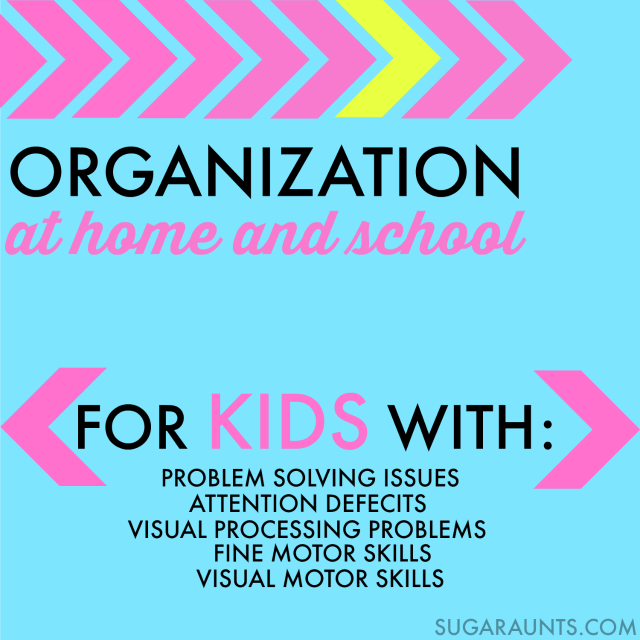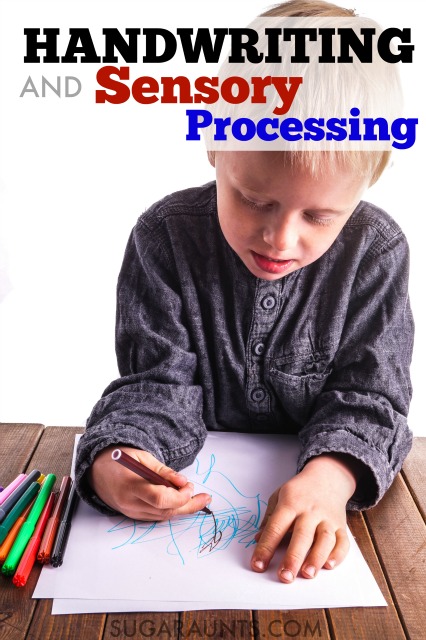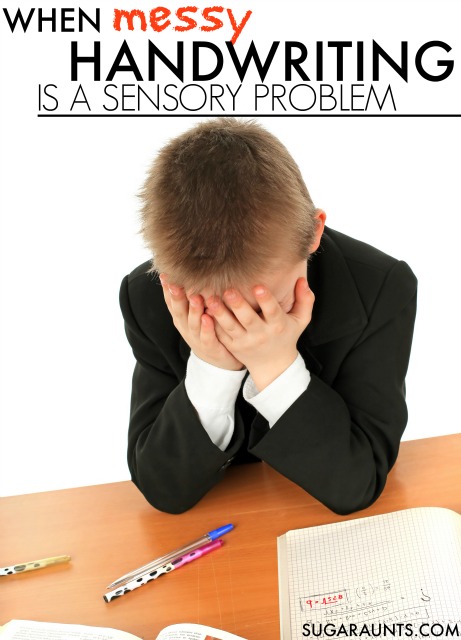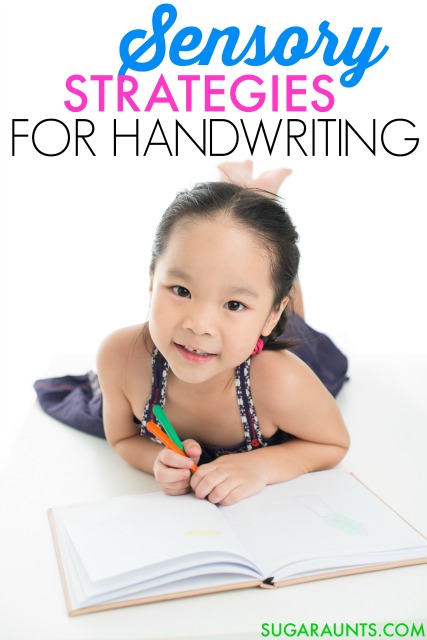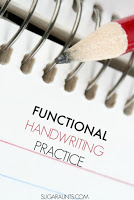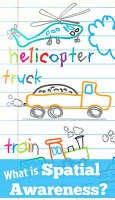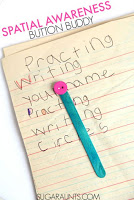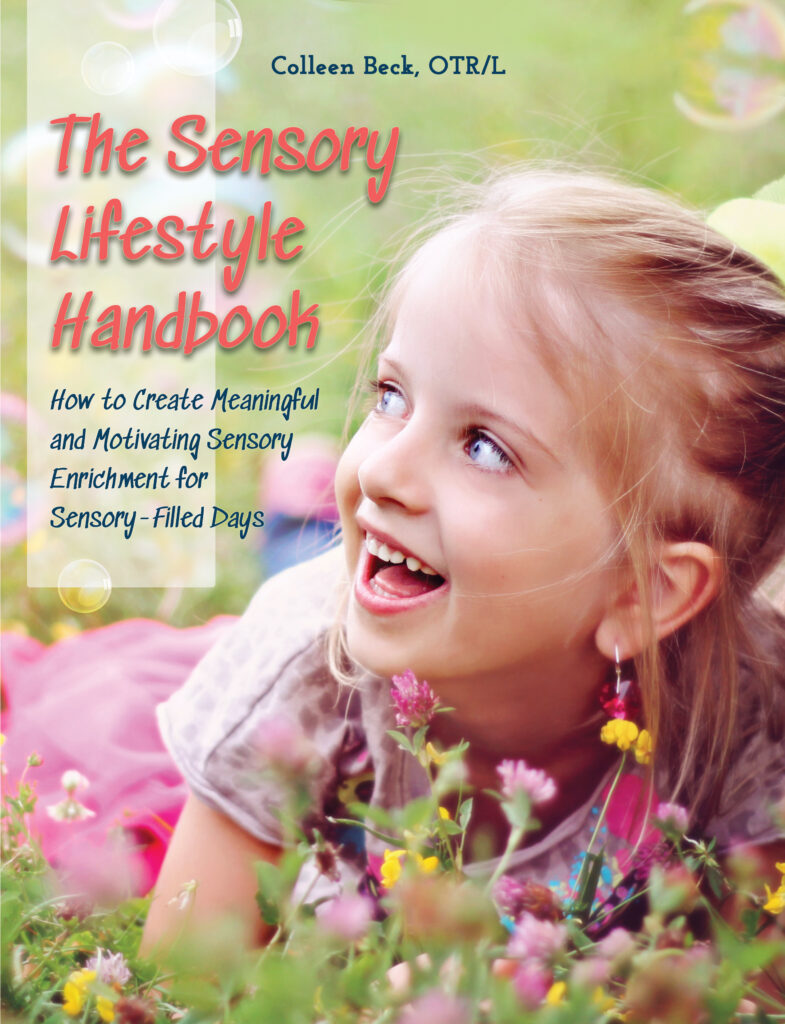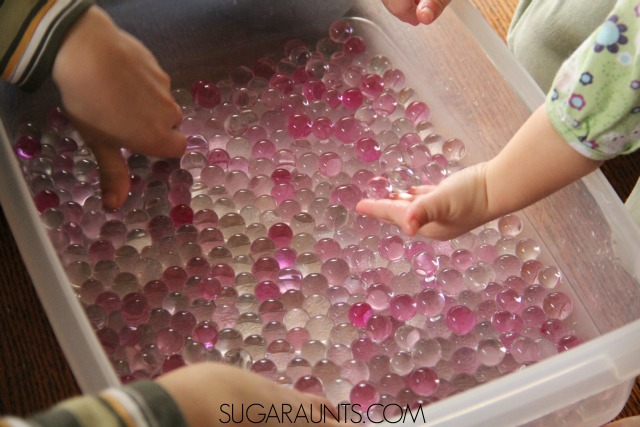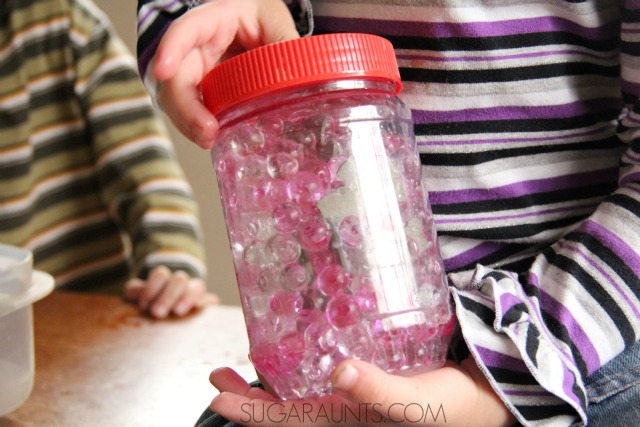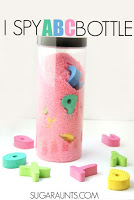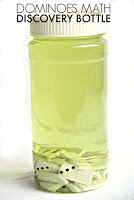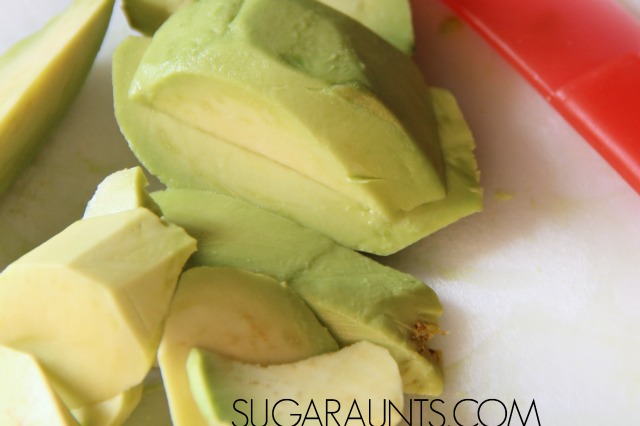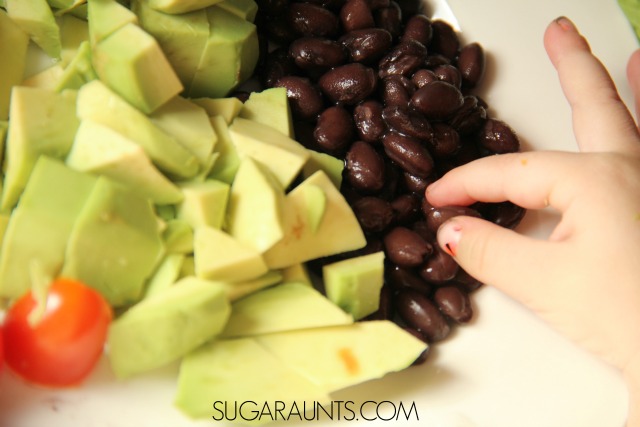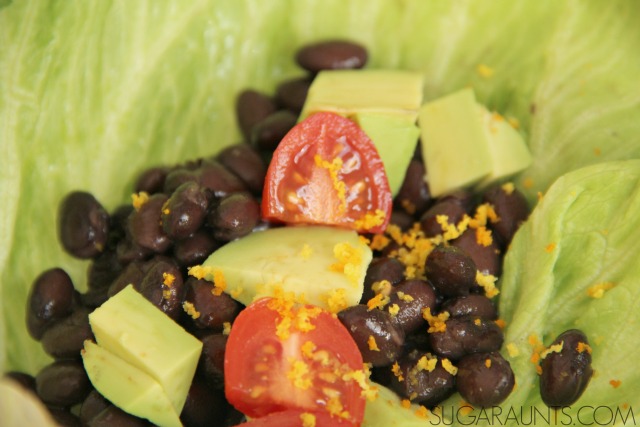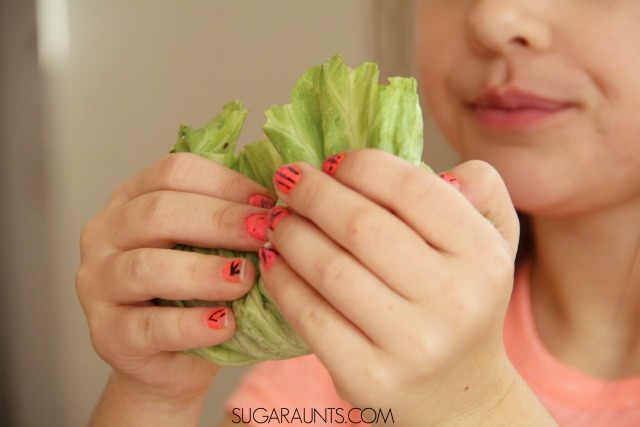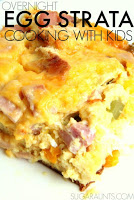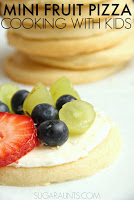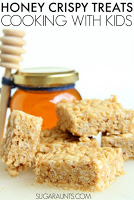There are many handwriting and sensory considerations, from paper sensory issues, to pressing too hard when writing, to sensory issues that impact handwriting posture, handwriting is connected to sensory processing. When teaching a child to write, there are many sensory processing to consider. Today, I’m sharing sensory considerations and strategies to help children in handwriting tasks.
Handwriting and Sensory Issues
This post is part of my new year-long series with 9 other Occupational Therapy and Physical Therapy bloggers as we discuss Functional Skills of Childhood.
Pick up a pencil. Hold it correctly. Write a letter. Copy a word. Fill in a worksheet. Write down the day’s homework assignment in the correct space with a noisy classroom full of talking kids while the teacher chats to someone at the door. The open windows alert you of another class playing on a playground. Bouncing balls, laughing students, buzzing pencil sharpener, bright sunshine, and that homework assignment that needs to be written legibly so you and your parents can read it an hour from now.
One of a child’s occupations are to perform educational activities like handwriting. Holding a pencil, forming letters, writing on lines, and copying from a chalkboard is a multi-sensorial function of childhood.
Handwriting depends on accuracy and legibility. Letters must be formed correctly and with appropriate pencil pressure, on the lines, and with attention to details.
To complete these skills, handwriting and sensory processing are naturally associated. All components of handwriting require integration of our senses for accuracy, legibility, and performance.
In a classroom environment, we are constantly bombarded with an input of sensory information. We receive sensory information from our eyes, ears, skin, muscles, and joints and our brain has the job of organizing the information, selecting the important parts, and disregarding the rest.
When our body’s sensory systems are functioning appropriately, we are able to manage tasks like writing with a pencil. When there is a deficit in one of these areas, there are sensory integration problems and activities that we are required to perform are affected.
Full Disclosure: This post contains affiliate links.
Sensory Processing and Handwriting
What is sensory processing?
Sensory processing, or sensory integration requires the body’s central nervous system to effectively register sensory information, filter the parts that are not necessary, organize and interpret what to do with that information, and modulate the attention level of our nervous system.
Ineffective accommodation to this process leads to distractibility and disorganization. There are seven sensory systems in our bodies:
- Tactile System (touch)
- Vestibular System
- Proprioceptive System
- Olfactory System
- Visual System
- Auditory System
- Gustatory System
Sensory integration is what turns sensations from these systems into perception. We perceive our bodies, and our interactions in our environment because our brain has integrated the sensory information into something meaningful, organized, and useful (Ayres, 1979).
An Explanation of the Sensory Systems related to Handwriting
The proprioceptive, vestibular, and touch senses are primary influences on the integration of our senses. This happens from infancy as we are swaddled, carried in a flexed position, and swung in a baby swing or our mother’s arms.
If these sensory systems are poorly functioning, a child will have trouble developing in all areas. Integration of the vestibular and proprioceptive systems gives the child control over eye movements at infancy. Without integration of these two systems, the baby will be slow to develop postural reactions and have a poor foundation of movement.
If the proprioceptive, vestibular, and touch sensory systems are not functioning adequately, the child will have a poor reaction to his environment. He may withdraw or over-respond to auditory and visual stimuli. The child can not focus on tasks and may feel insecure in his environment. These problems can lead to a poor body perception.
A child with proprioception dysfunction may seek out sensory feedback from his environment. You might see these children bumping into their desks, stomping their feet on the ground, kicking their chair or their neighbors chair.
They might rub their hands on the desk, bight their hands, shirt, or pencils, or write with heavy pencil pressure. Students seeking proprioceptive input often crack their knuckles and chew on shirt cuffs or collars.
An inefficient grading of movement might result in students holding their pencils too tightly, writing so heavily that the pencil point breaks, or producing messy work with large erasure holes.
A child with vestibular dysfunction may present as a hyperactive child or a hypersensitive child. Some students might have an intolerance for movement and will seem willful and uncooperative, while demanding physical support.
A problem with the vestibular system sometimes presents with gravitational insecurity. These kids might be fearful when moved such as when a teacher pushes in their chair.
The hypo-sensitive student will have an increased tolerance for movement. These kids need to keep moving in order to function. They might fidget, wiggle, and bounce in their seat. You will see these students jumping up and down in their chair, sitting on their feet and swaying, hanging upside down at their desk, and falling out of their seat.
Children with vestibular, tactile, and proprioception difficulties will have trouble with eye-hand coordination. Writing on lines and coloring between lines is difficult. There will also usually be difficulties with depth perception. In order for a child to develop visual perception, they need adequately integrated vestibular and proprioception systems.
Many times, children have auditory and tactile dysfunctions that interfere with handwriting:
The child with auditory processing concerns will seem unaware of where sounds are coming from. When a teacher directs the class to write down items or copy specific information, these directions are lost. They are unable to pay attention to one voice or sound without being distracted by other sounds in the classroom.
They may even be distressed by the sounds of pencils making marks as they or other students write.
They have trouble attending to and understanding and remembering directions related to letter formation in words and sentences. These kids might have difficulty putting their thoughts onto paper and trouble revising or correcting what they have written.
Additionally, students with poor auditory processing often times have a weak vocabulary so when they are writing words and sentences, they struggle with words and sentence structure and therefore lose focus on the letter formation and line placement that they need to attend to.
Sensory Issues with paper
The child with tactile dysfunction may be either hypersensitive or hypo-sensitive to touch.
A student who has tactile defensiveness (hypersensitivity) may overly react to light touch.
When teachers are up close as in handwriting instruction, the student might become fearful or irritable. These kids can become overly focused on neatness in handwriting and their desk space. They might need to brush off every eraser bit or clear their paper and desk of every stray mark.
Touching paper can cause anxiety. There can be over sensitivities to the texture of paper, the lines on the paper, or the “feel” of paper.
Others may find the sound of ripping paper abrasive or anxiety causing.
Still others may struggle with crumbled paper and find the creases of paper are too rough on the hands.
The child with under-responsiveness to touch (hypo-sensitivity) might seem unaware of pencil pressure and write with very heavy or very dark pressure on his pencil.
These children fail to realize that they’ve dropped their pencil or that they’ve got pencil smears all over their palms.
Sensory Processing and Motor Planning needed for Handwriting
When our body understands sensations from our skin, muscles, and joints, we are able to feel and know what our body is doing without looking at it.
This poor perception can lead to difficulty coordinating the two sides of the body as they perform different tasks. The child might have trouble holding his paper with one hand while writing with his dominant hand.
The child will need to think through his actions without them happening automatically.
Most students learn to form letters and numbers automatically given practice. Children with a poor motor plan must think out the way a letter is made.
Motor planning is the sensory process that allows us to complete and adapt to an unfamiliar task (like a worksheet), using what we already know. The key to motor planning is a body perception that can accommodate to tactile, proprioceptive, and vestibular information.
Also related to the sensory system is a child’s attention span. If the sensory information is not registered, filtered, organized, selected, and discarded appropriately, the child will not be able to focus his attention on an activity like handwriting.
Handwriting Difficulties due to poor Sensory Processing
Children with difficulties modulating sensory input face a big challenge in the classroom. The school environment is overstimulating and asking a child with sensory integration difficulties to filter out irrelevant sensory input while attending to academic work is very difficult.
Problems in handwriting might include (but not be limited to):
Handwriting Issues Related to Poor registration of sensory input with an Under-reactive response
- The child may be unaware that he drops his pencil.
- Shows a weak grasp.
- Difficulty maintaining an effective writing posture.
- Tires easily in writing tasks.
- Does not notice details (Misses letters when copying words or sentences)
- Desk and writing area are disorganized and sloppy.
Handwriting Issues Related to Poor registration of sensory input with a Hyperactive or Over-reactive Response
- Avoids smells (pencil or paper) in the classroom.
- Easily distracted during writing tasks.
- Difficulty paying attention to a writing task.
- Cannot work silently.
- Visually distracted by others, including noises, scents.
- Difficulty focusing on one section of a chalkboard or one part of a worksheet.
Handwriting Issues Related to Sensory Seeking
- Seeks movements by moving the chair, wiggling in the seat, bouncing legs and arms and distracts other students with the movements.
- Overly excited after recess and is difficult to settle down.
- Always touching the desk or parts of the chair during writing tasks.
- Craves scents or tastes: chews the pencil for it’s task, smells the paper or pencil shavings.
- Chews the pencil or eraser and clothing.
- Bites hair/shirt/nails when writing.
- Writes with heavy pencil pressure.
Handwriting Issues Related to Sensory Avoiding
- Difficulty with changes in the routine of writing: new paper or type of worksheets
- Low frustration level with errors in letter formation
- Anxiety: wants to make letters and numbers correctly the first time
- Stubborn in handwriting concerns
- Avoids touching pencil shavings, the wooden part of the pencil tip, or the eraser.
- Avoids erasing mistakes
How to Help: Sensory Handwriting Strategies
Many times, sensory integration can help with handwriting problems related to handwriting. Children who demonstrate proprioceptive issues may benefit from heavy work activities in the classroom.
Heavy Work Sensory Activities to Help with Handwriting
- At the beginning of the day, take down chairs from desks and push them to correct places in the room
- Erase the chalkboard
- Wash desks/dry erase board
- Sharpen pencils with a manual pencil sharpener
- Chewy food breaks (fruit leather, licorice)
- Crunchy food breaks (vegetables, popcorn, pretzels, dry cereal)
- Cut materials from oak-tag or heavy paper
- Carry books with both hands, hugging the books to their chest
- Weight down the student’s chair by taping weights to the chair legs
- Pad the feet of the chair to add extra resistance
- Climb playground equipment
- Carry books and supplies to other classrooms
- Hand fidget toy

and squeeze toys
- Brain Breaks
- Wall push-ups
- Chair push-ups
- Animal walk breaks
Possible Modifications and Strategies to Help with Handwriting Problems
- Try a variety of pencil grips.
- Wrap the tip of the pencil in clay and tell the child that if the clay is misshaped, then he is pressing too hard on the pencil.
- Try various proprioception in handwriting modifications.
- Tilt the child’s writing surface to a slightly included position using a 3 ring binder. This positioning provides improved wrist positioning and will decrease the force the child presses through his wrist.
- Try writing with carbon paper under the paper to show the child that he needs to press harder or lighter through the pencil.
- Copy written work from a his desk instead of from the chalkboard or overhead.
- Write with a grease pencil

to provide more resistance and feedback.
- Remove distractions from the classroom and seat the child away from windows and doors.
- Provide the child with written and verbal instructions.
- Provide a quiet space in the classroom.
- Provide movement breaks.
Typically, the sensory systems and sensory integration is developed by the time a child enters school.
The ability to concentrate while managing sensory input is very much needed for the classroom that is multi-sensorial, like described above.
Problems seen with handwriting, like heavy pencil pressure, sloppy letter formation, difficulty with letter size and form, fast or very slow speed of writing, and inattention to writing tasks are often times an end product of an inefficient and irregular sensory processing system.
A sensory integrative approach to teaching handwriting can be successful for the child with sensory processing concerns. Occupational Therapists can analyze sensory processing skills during the performance of handwriting (and other school-day tasks).
An OT uses formal evaluations, screening tools, standardized tests, observation of classroom behaviors, parent/teacher checklists, and observation of classroom behaviors and play activities to identify handwriting issues related to sensory processing.
This post is part of the Functional Skills for Kids. See all of the bloggers who are participating and more about the series here. Looking for more information on the components and considerations related to Handwriting?
Resources:
Ayres, A.J. (1979). Sensory integration and the child. Los Angeles: Western Psychological Services.
Bundy, A., Lane, S., & Murray, E. (2002). Sensory Integration Theory and Practice. F. A. Davis Company.
Looking for more Handwriting ideas? These are some of our favorites:
The Sensory Lifestyle Handbook walks you through sensory processing information, each step of creating a meaningful and motivating sensory diet, that is guided by the individual’s personal interests and preferences.
The Sensory Lifestyle Handbook is not just about creating a sensory diet to meet sensory processing needs. This handbook is your key to creating an active and thriving lifestyle based on a deep understanding of sensory processing.
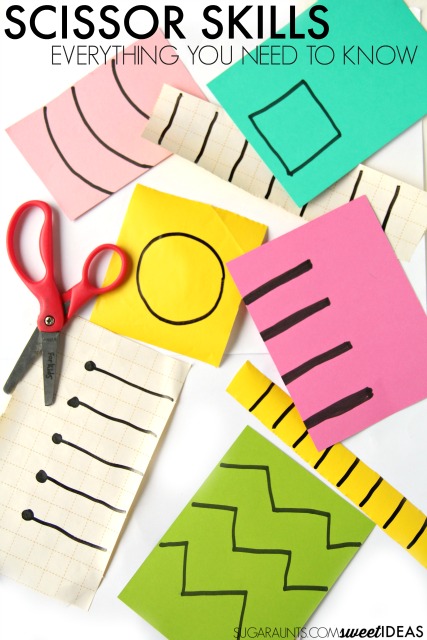
scissors for kids who have a left-right confusion or undefined hand dominance.
